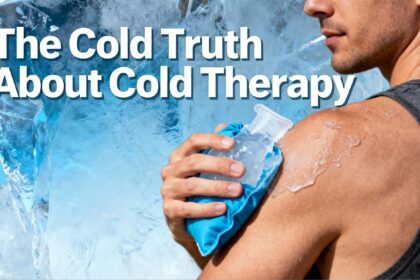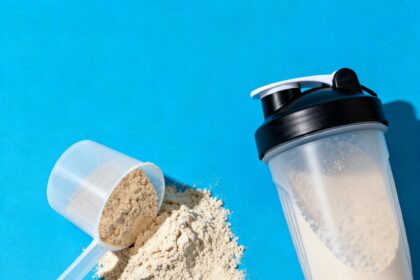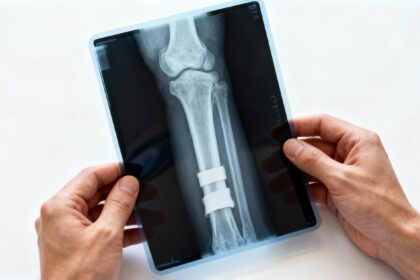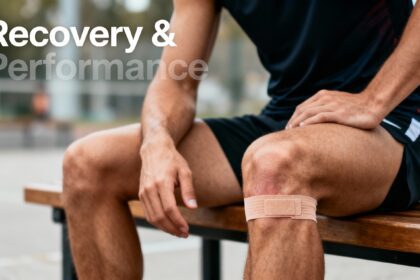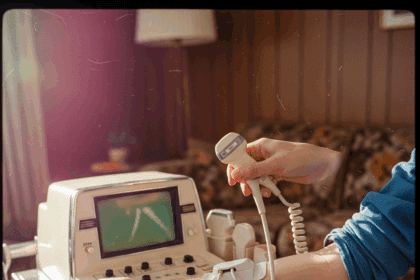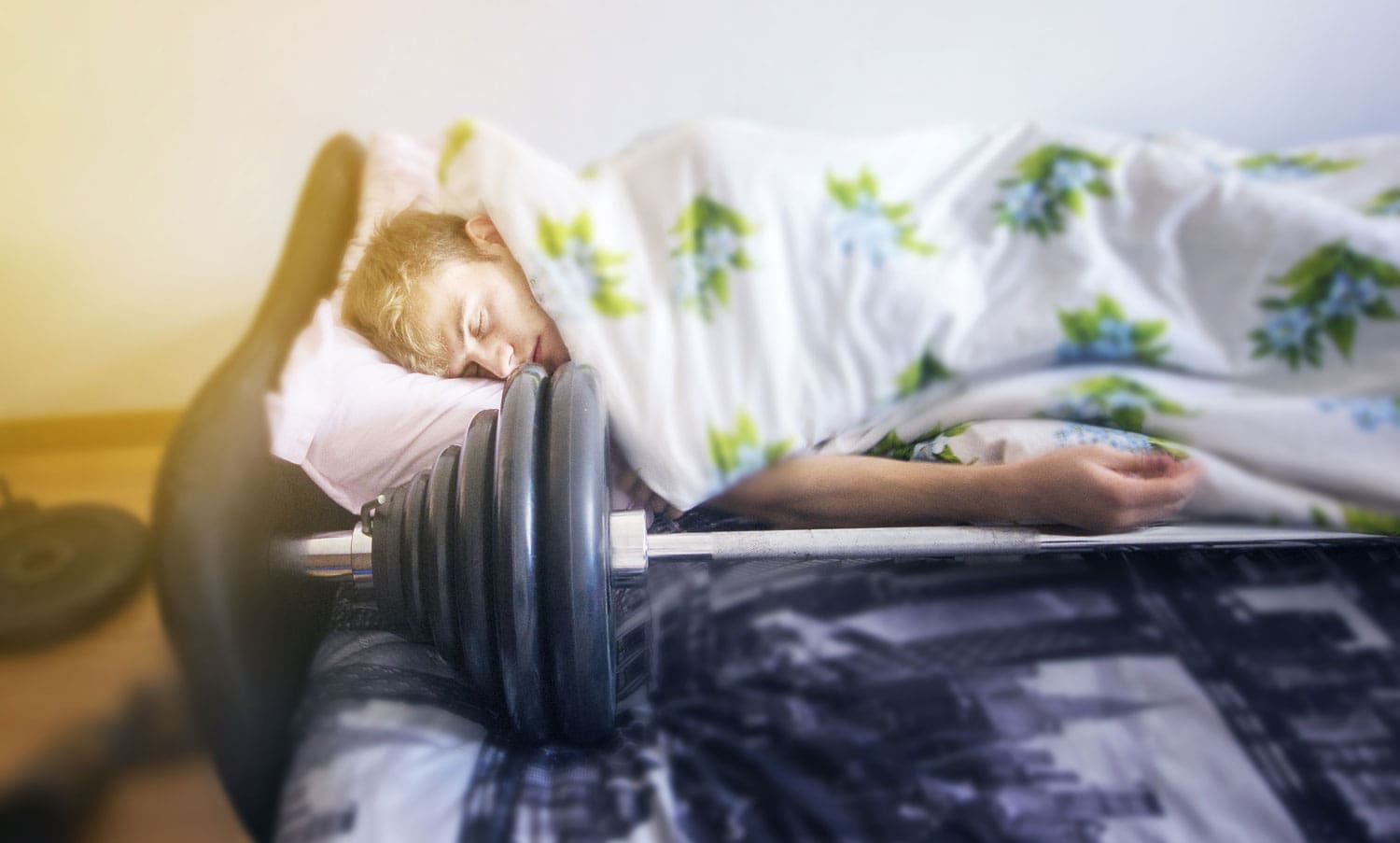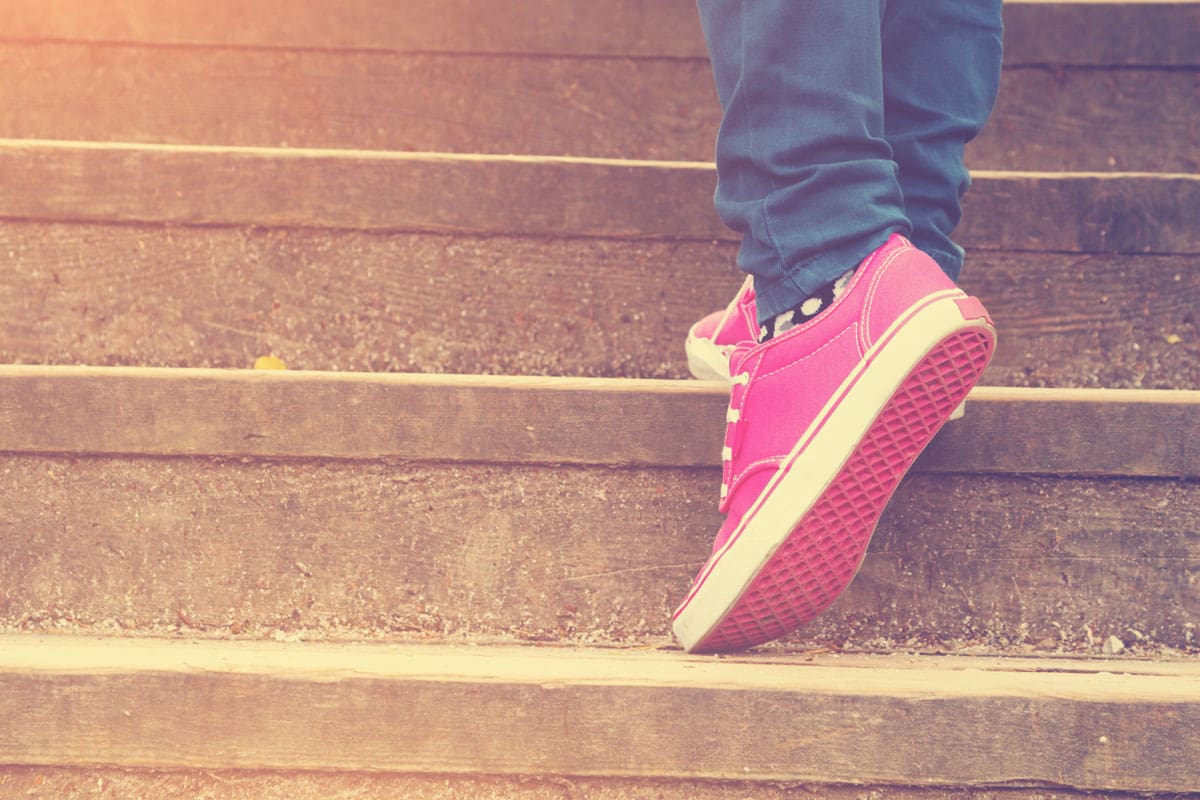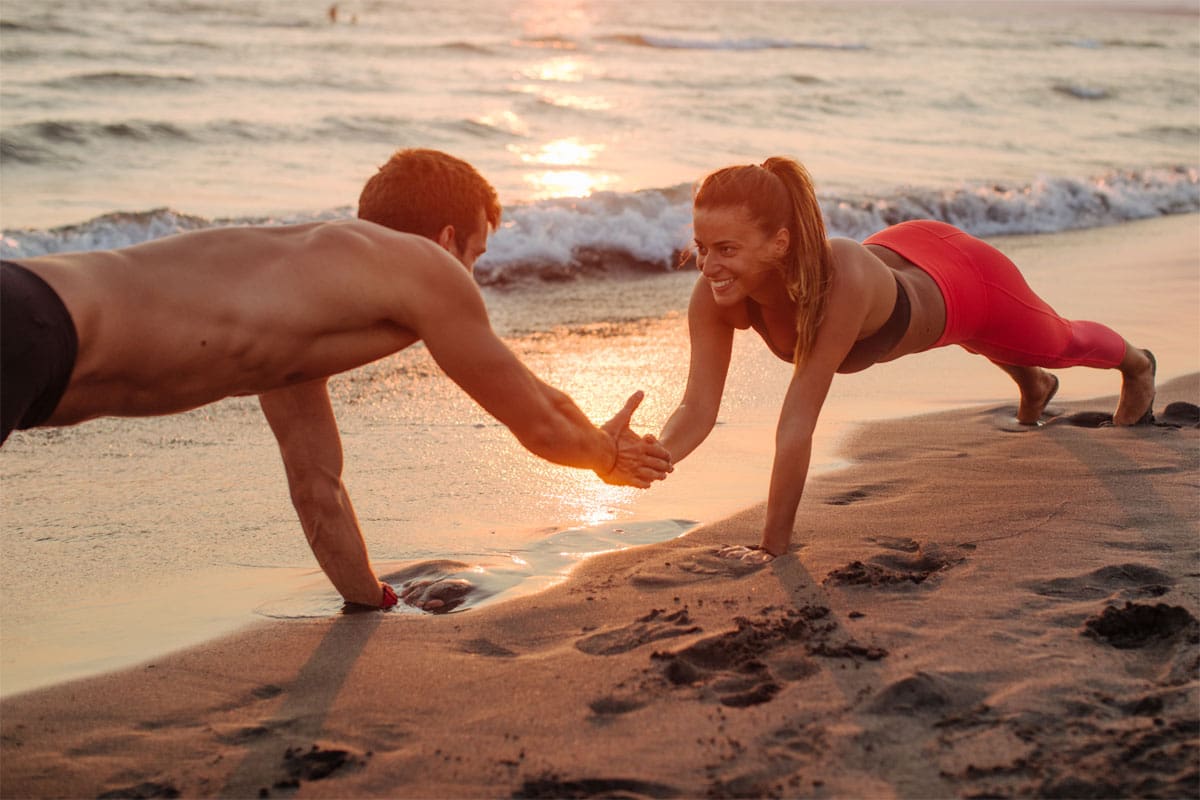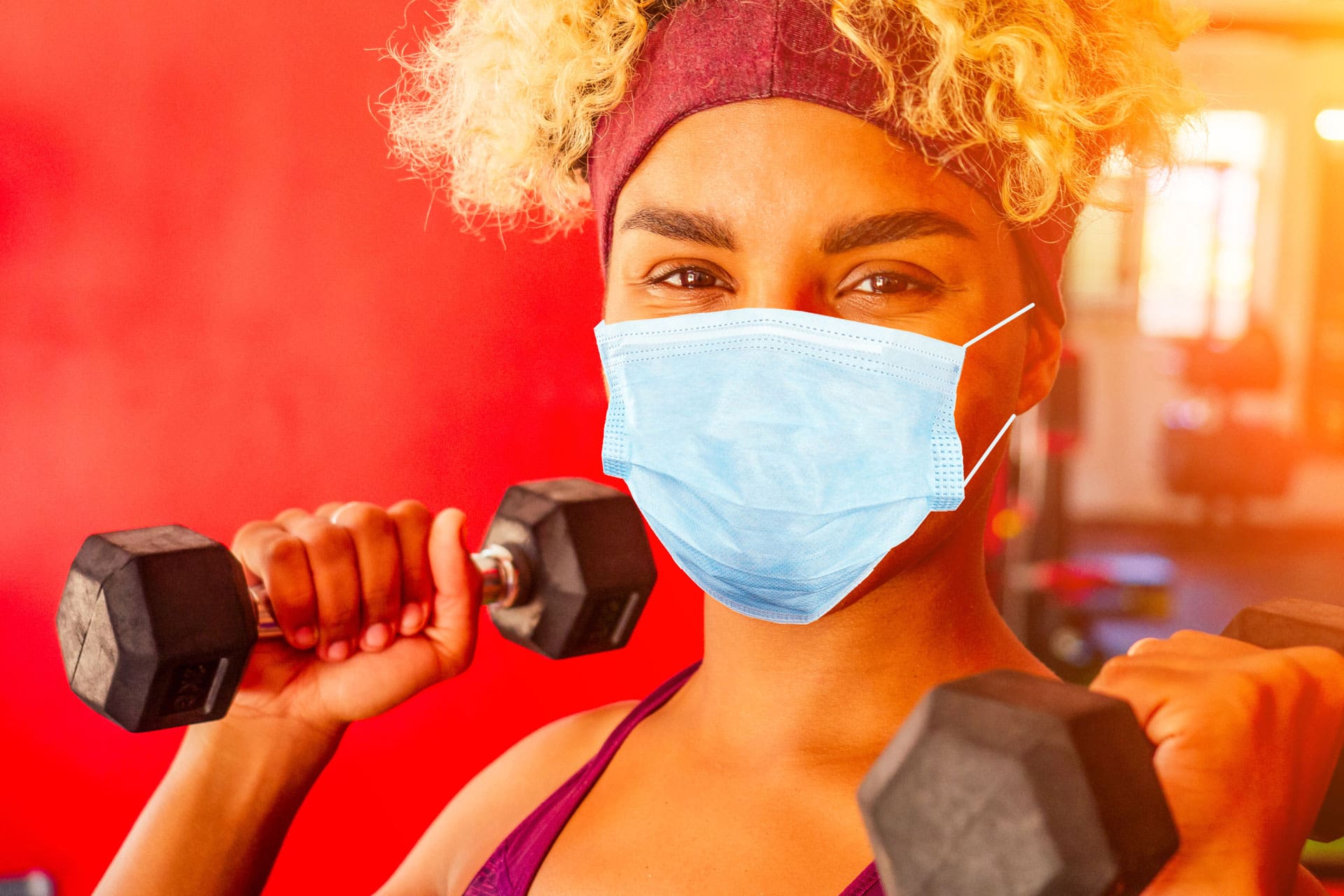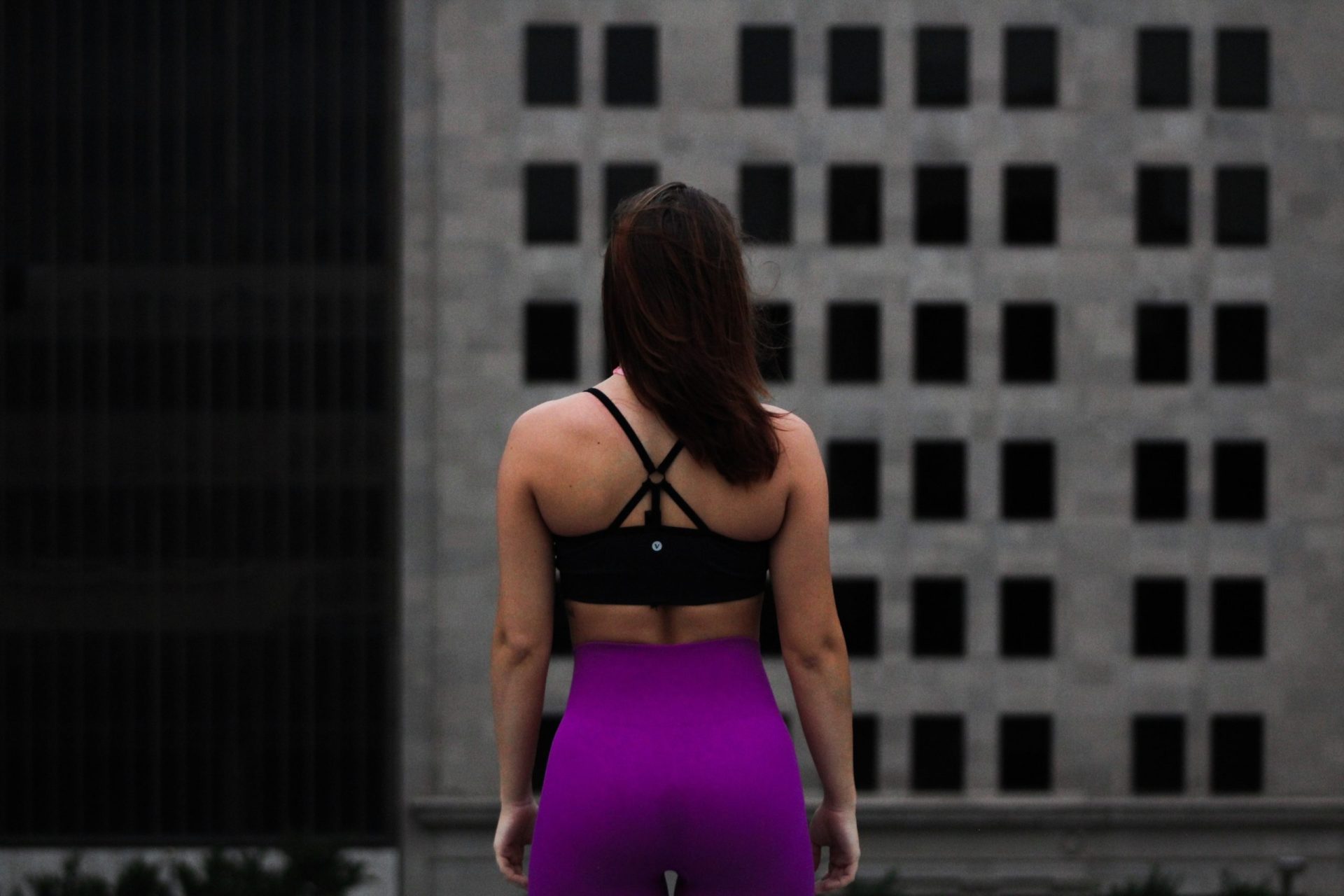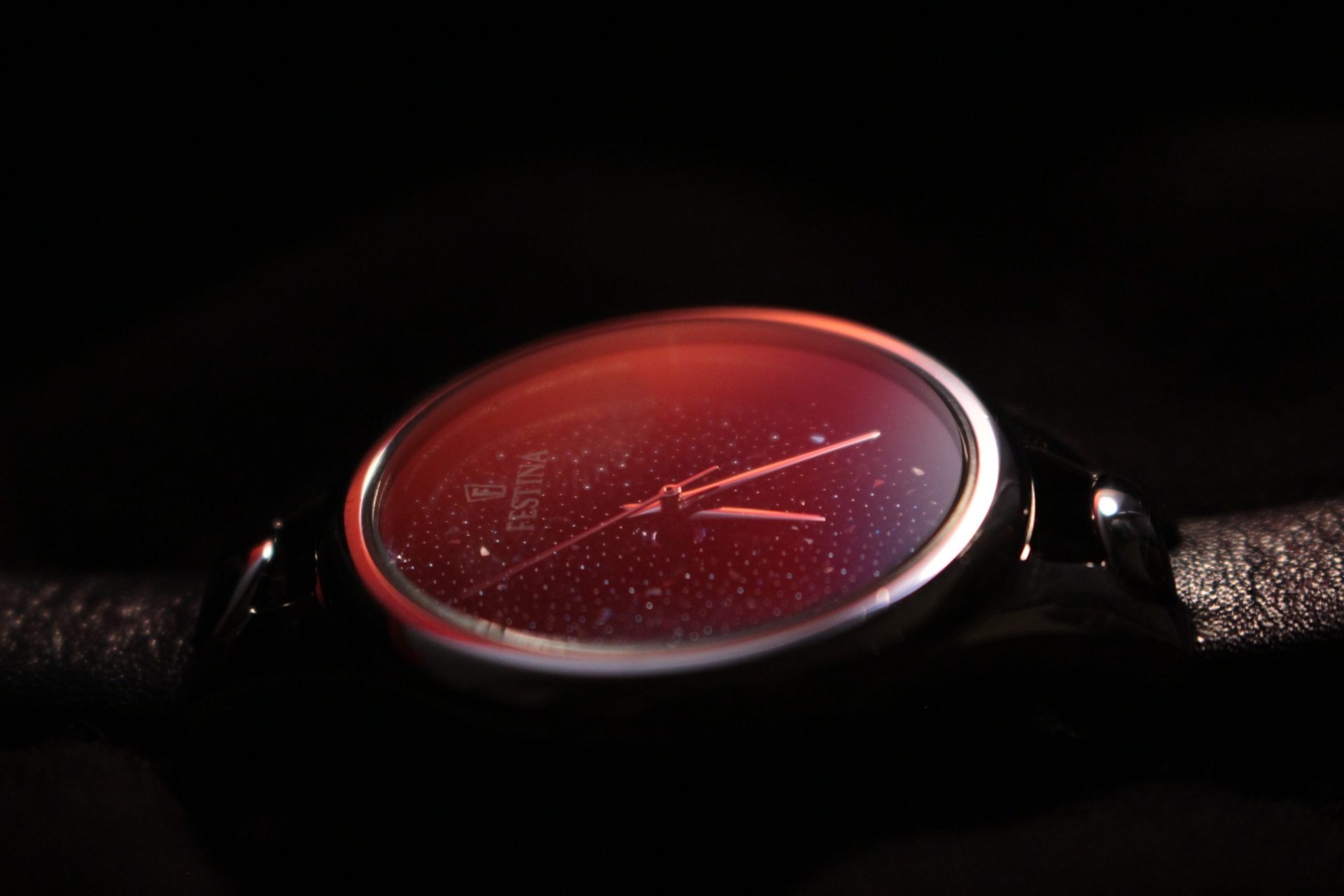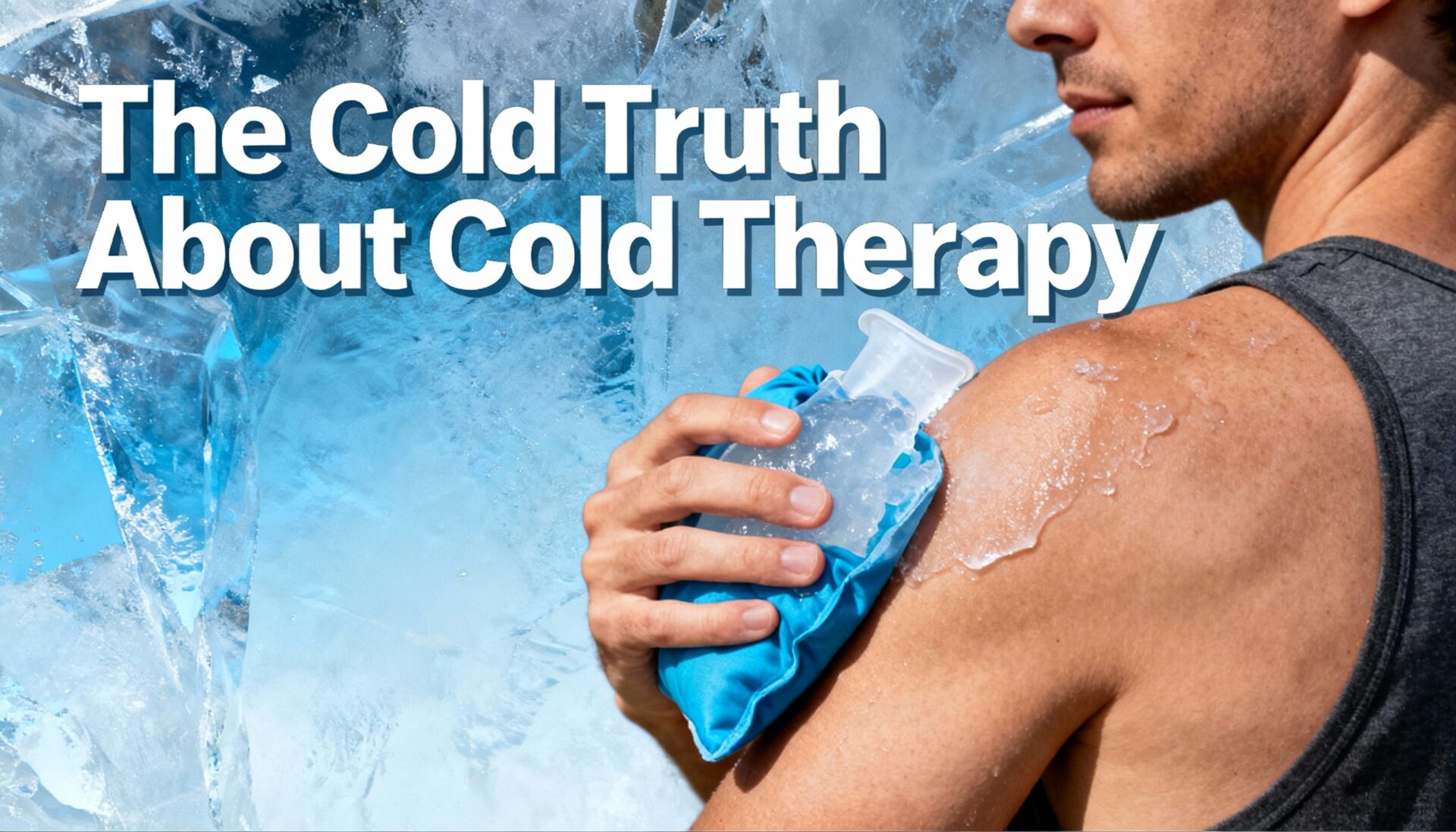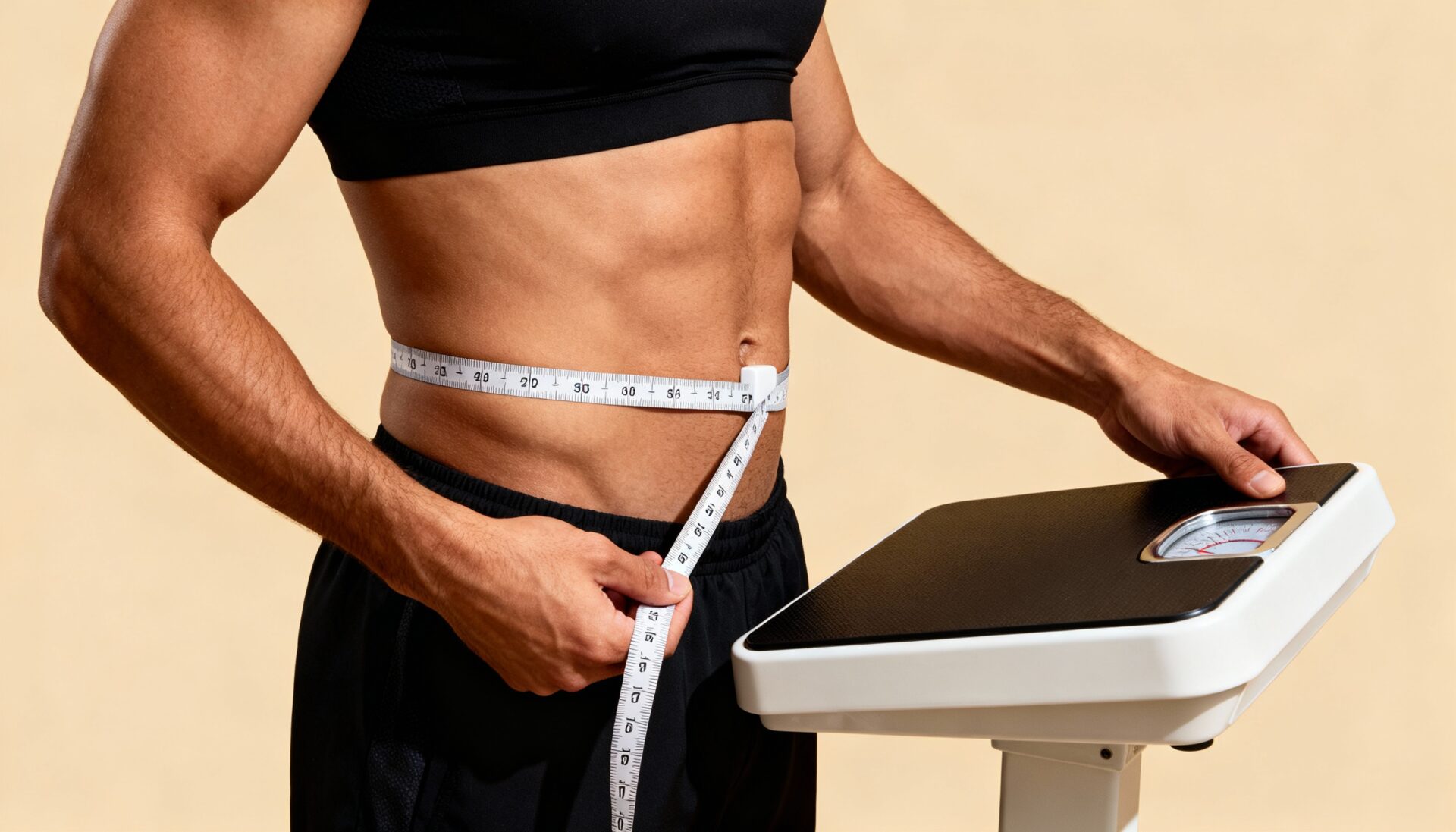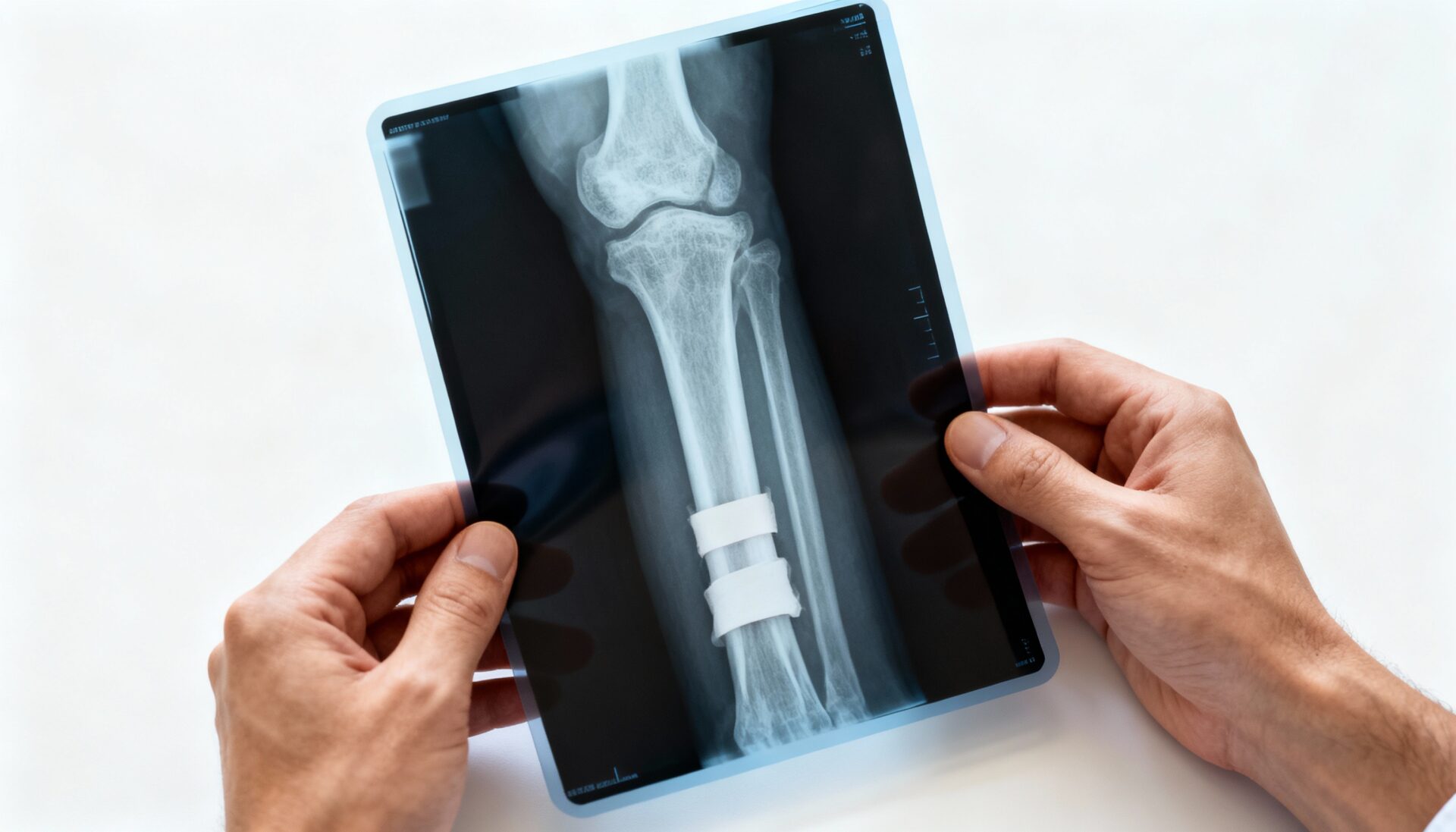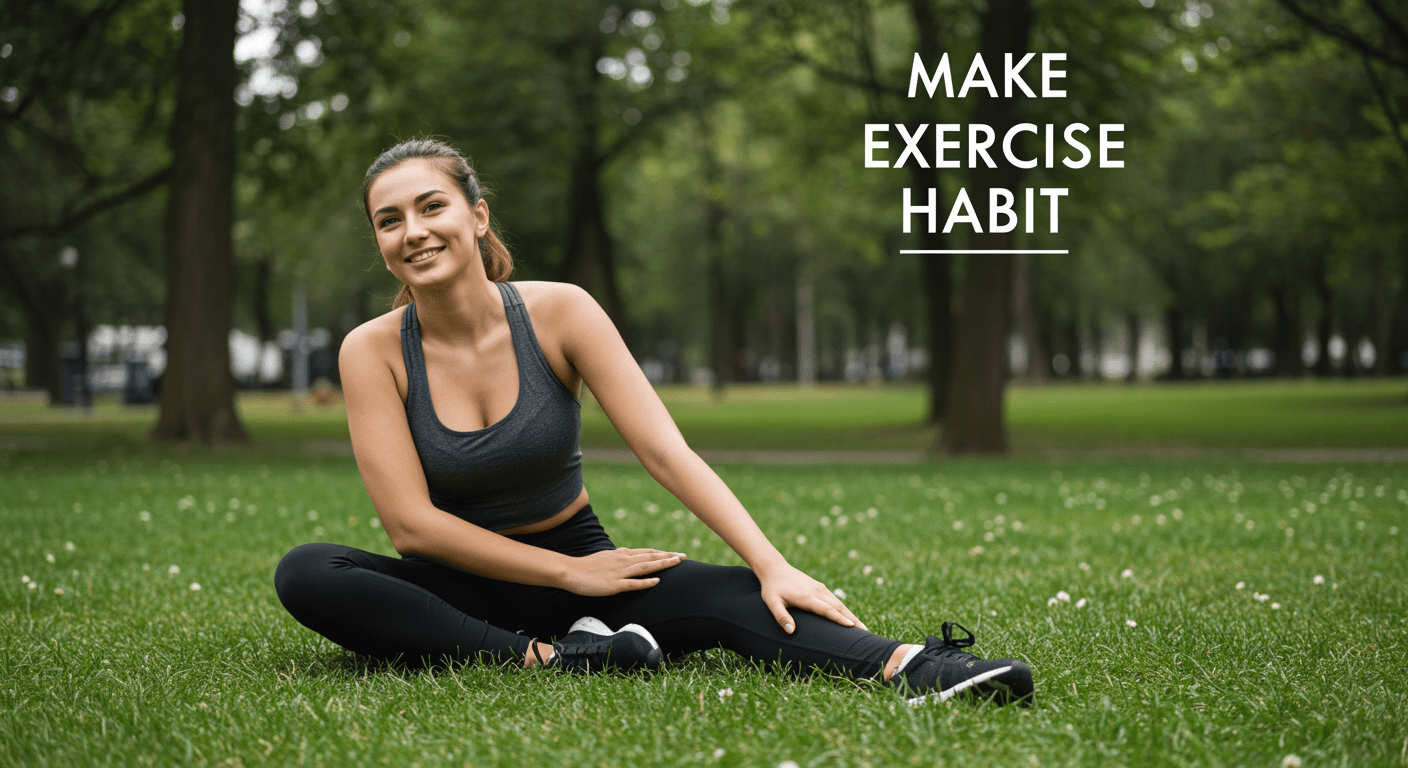HOW TO STAY COOL WHILE RUNNING A MARATHON
Marathon races have become a staple in endurance training over the last few years, whether for fun, competition, or for sport. The popularity of marathons has grown immensely, with over 800 marathons a year and nearly ten times as many racers!
Traditionally, the length of an official marathon is 26.2 miles. For those who are a little more daring, there are ultramarathons with lengths of up to 100 miles. With the number of marathons on the rise, the number of new runners continues to grow as well.
As these numbers grow, many novice racers will decide to test their endurance by running a marathon. However, marathons can be more exhausting and even dangerous than most people realize. One of the biggest concerns when running a marathon is staying cool.
THE DANGER OF OVERHEATING DURING A MARATHON
The majority of marathons happen in the summer months. Still, many racers fail to realize the dangers that prolonged exercise in a warmer environment can pose. This is especially true for those new to distance running. Additionally, running a marathon in warmer climates puts runners at a much greater risk for hyperthermia.
Hyperthermia occurs when the body-core temperature rises past 40°C. This happens when the body produces or absorbs more heat than it can burn up. The excess heat accumulates and increases the body temperature.
For this to happen, the body’s thermoregulatory system needs to fail first. It often happens with marathon runners performing in the heat. These runners put too much strain on their body’s thermoregulatory systems, which leads to overheating, also known as hyperthermia.
Early symptoms of overheating include rapid breathing, weak pulse, and profuse sweating. As hyper-thermic symptoms become more numerous and intense, so does the potential for life-threatening conditions such as heat stroke.
Aside from potentially causing serious injuries and illnesses, hyperthermia severely diminishes running performance. To combat this, numerous athletes and their teams, as well as doctors and scientists, have developed various cooling strategies.
These strategies can help marathon runners with their thermoregulation during the race. Usually, they focus on lowering the body temperature through increased hydration. However, there are also other strategies that can prevent or at least reduce overheating.
MOST EFFECTIVE COOLING STRATEGIES
Overall, there are two main types of cooling strategies for marathon runners. “Precooling” is the process of decreasing the runner’s body temperature before the race starts. On the other side, “percooling” is the process of maintaining the optimal body temperature during the race.
PRECOOLING
Two methods of precooling have been widely tested. The first method uses cold-water immersion and ice slurry ingestion before the race. A research group (Kay et al., 1999) tested the effects of cold-water immersion on cycling performance.
They studied cyclists by immersing them in an ice bath at 29.7 °C and slowly filtering them in cold water with a temperature of 8-11 °C. The initial decrease in body temperature before exercise provided the cyclists with improvements in performance, VO2 max, and sweat production.
In contrast, another research group (Seigel et al., 2010) used the ice slurry method. They had the athletes ingest a mixture of water and crushed ice before the start of the exercise. This method of precooling decreased core temperature, increased performance, and increased time to exhaustion.
PERCOOLING
Another research group (Stevens et al., 2013) decided to test percooling methods. They used the ice slurry method during the middle of a triathlon. At the transition segments of the race, the researchers gave the ice slurry mixture to the runners. The results were similar to precooling methods: improved performance and lower core temperature.
WHICH STRATEGY IS BETTER?
While both precooling and percooling methods have the potential to improve performance and decrease the likelihood of hyperthermia, it seems that cold-water immersion is the most beneficial method. However, this method isn’t the most convenient.
Cold-water immersion requires a lengthy soak, and the necessary equipment would most likely be unavailable to the amateur athlete. On the other hand, the ice slurries can easily be made and taken just before the race begins.
As a result, ingesting a homemade ice slurry before a race may help avoid hyperthermia and its symptoms and consequences. Additionally, it can provide a competitive edge for both inexperienced and experienced marathon runners. Just watch out for brain freeze!
ALTERNATIVE COOLING METHODS
Apart from the abovementioned methods, marathon runners can incorporate several other cooling strategies in their running routine. Individually, these strategies make a minor difference, but even the tiniest differences accumulate. Combining these strategies can make a major difference and keep you protected against overheating.
So, if you plan to run a marathon soon, you should check out the following strategies:
FROZEN TOWELS
Several hours before your race, take one or two towels and run cold water over them until they are wet. Ensure that they aren’t soaking wet but thoroughly damp instead. Put them inside the freezer. Right before you need to head off to the race, take the towels and bring them with you.
You can put them around your neck and on top of your shoulders. They will keep you icy cool for some time. As the towels start to thaw, you can squeeze them right above your head. There probably won’t be much water, but it will refresh you a bit.
DRINKING ELECTROLYTES
Drinking large amounts of water might seem like a perfect solution, but it can dilute the electrolytes in your bloodstream. Additionally, as you sweat, your body also loses more electrolytes. Electrolyte imbalance can be just as dangerous as overheating or dehydration.
To prevent that from happening, bring a sports drink enriched with electrolytes with you. Sip on it after every mile that you pass. Also, you can drink one whole electrolyte drink before the race starts.
ADJUSTING PACE
Marathons aren’t sprints; you don’t have to run as fast as possible all the time. Of course, finishing first or among the first is certainly an accomplishment, but you shouldn’t obsess over it. The mere fact that you will run and finish a marathon race is impressive enough.
So, keep your pace at a level comfortable for you. Slow down when you feel like you might overheat. Then, once you feel like you have “rested” a bit with a slower pace, you can start running faster again. This running pattern will significantly reduce the danger of overheating.
MAKING BREAKS
You can also simply stop and take a short break when you feel too hot. Occasional breaks will help lower your body temperature and keep it at an optimal level. You don’t even have to make long breaks; several minutes of rest every few miles will be more than enough.
PROPER CLOTHING
What you wear during the race will also heavily impact your body temperature. Maybe you feel tempted to wear dark and form-fitting sportswear because it is fashionable and will make your body look even more fit.
However, that’s the complete opposite of what you should do. Instead, choose bright, light, and loose-fitting clothes made of natural materials. These clothes will reflect the sunlight instead of absorbing it, and they will allow the air to flow around your body and cool you down.
RUNNING IN SHADE
Whenever possible, try to run in the shade. Think of your trail: are there any trees or man-made structures that might cast shadows on the trail? Chase those shades. Maybe they might seem meaningless and like they make no difference, but they can cool you down at least a little bit.
APPLYING SUNSCREEN
Apart from overheating, running in the harsh sun can also have other negative effects, sunburn being one of them. Try to find a spray sunscreen with SPF of at least 30-50. You can bring it with you and reapply every hour or two.
Your skin is the first barrier between your body and the environment, and if the sunburn damages it, you will also be more prone to hyperthermia. Also, don’t forget to wear sunglasses that will protect your eyes.
WEARING HEADGEAR
When spending time in the sun, your head is the first part of your body that will feel the heat and sun rays. Protect it with a hat made of breathable materials. Some marathon runners do the same frozen towel trick with their hats and caps.
BUILDING ENDURANCE
Long-distance running during warm weather is especially hard for new runners who have never done something like that before. If you are one of them, you can prepare by going to jog when it’s hot outside.
Of course, you should do this carefully and gradually. Keep the jog sessions short. Avoid the hottest part of the day, at least for the first few jogs. Listen to your body and act accordingly. Over time, you will get used to running in the heat, and you will be better prepared for running the marathon.
Even if you decide to jog during colder parts of the day/night, it’s still helpful. The more you train for the upcoming marathon, the more likely you will be to finish it without suffering from overheating or other issues.
BREATHING CONTROL
While you are running, try to stay focused on your breathing. If possible, breathe evenly. There are also some breathing techniques you can learn. According to several sources, these techniques will help you keep your body cool.
DRINKING COFFEE
Take this advice with a grain of salt, but many people claim that drinking iced coffee before a marathon race comes with major benefits. The first benefit is that it makes you more energized and pumped up for the race.
The second benefit is that, apparently, coffee helps you stay cool. The ice from the iced coffee certainly contributes to that, but caffeine also promotes sweat production. As you know, our bodies regulate temperature through sweating, so coffee might be beneficial against overheating.
MISTAKES THAT CAN LEAD TO HYPERTHERMIA
Apart from strategies to stay cool, you should also learn what not to do before and during the marathon. These mistakes can increase your chances of overheating:
TOO MUCH OR NOT ENOUGH LIQUID
Try to drink enough water, but do it moderately. As we already explained, not drinking enough water can make you dehydrated and more prone to overheating. On the other hand, drinking too much of it can disturb the electrolyte balance in your body.
NOT TRAINING BEFORE THE RACE
Maybe you weightlift or do other exercises, strength training, yoga, pilates, etc. As a result, you may feel like you can run a marathon without any additional preparation. However, to truly prepare for a marathon, you need to incorporate more running and other cardio and endurance activities in your exercise routine.
Try to connect with more experienced marathon runners. They can tell you how they prepare for marathons. With their valuable insights, you can decide how your marathon preparations should look. The bottom line is that you mustn’t be unprepared.
EATING IMPROPERLY
What you eat before a marathon can also affect your stamina and energy levels, indirectly affecting your body’s ability to regulate its temperature. Eat foods that give you a lot of energy but aren’t too heavy on your stomach.
Again, you should consult more experienced marathon runners. Their diet can be a good reference point to your optimal diet. Of course, you should adjust it to your needs.
HOW TO RECOGNIZE OVERHEATING SYMPTOMS
We already mentioned some of the overheating symptoms, but it doesn’t hurt to repeat them again and mention some additional ones. Knowing how to recognize these symptoms can be a lifesaver, so make sure to memorize them:
- Excessive sweating
- Nausea/vomiting
- Throbbing or any other intense headache
- Weakness/fatigue
- Fainting
- Dizziness
- Rapid heartbeat
- Weak pulse
- Lightheadedness
- Confusion
- Slurred speech
- Feeling agitated for no reason
If you feel any of these symptoms, take a break and try to move to a colder and more shadowy area. Take a few sips of your drink. Try to breathe deeply. If the symptoms persist or even worsen, call for help.
FINAL THOUGHTS
Marathons aren’t for everyone. They require endurance and both physical and mental strength. Since many marathons happen during summer and warm months, marathon runners are in greater danger of overheating, also known as hyperthermia.
To stay cool during marathon runs, there are precooling and percooling strategies that can significantly reduce the body temperature. These methods include taking ice baths and drinking ice slurries.
However, there are also other strategies that can make your marathon run safer and more pleasant. Give them a chance and enjoy your next marathon run!
References
Kay D., Taaffe D. R., & Marino F. E. Whole-body pre-cooling and heat storage during self-paced cycling performance in warm humid conditions. Journal of Sports Sciences, 17:12, 937-944, DOI: 10.1080/026404199365326, 1999
Siegel, R., Maté, J., Brearley, M. B., Watson, G., Nosaka, K., & Laursen, P. B. Ice Slurry Ingestion Increases Core Temperature Capacity and Running Time in the Heat. Medicine & Science in Sports & Exercise, 42(4), 717-725, 2010.
Stevens, C., Dascombe, B., Boyko, A., Sculley, D., & Callister, R. Ice slurry ingestion during cycling improves Olympic distance triathlon performance in the heat. Journal of Sports Sciences, 31(12), 1271-1279, 2013.
Andrew Pappas has a B.S in Health Science with a concentration in Biology from University of South Florida. Currently a Graduate Student for a Master’s Degree in Sport & Exercise Science at the University of Central Florida.

